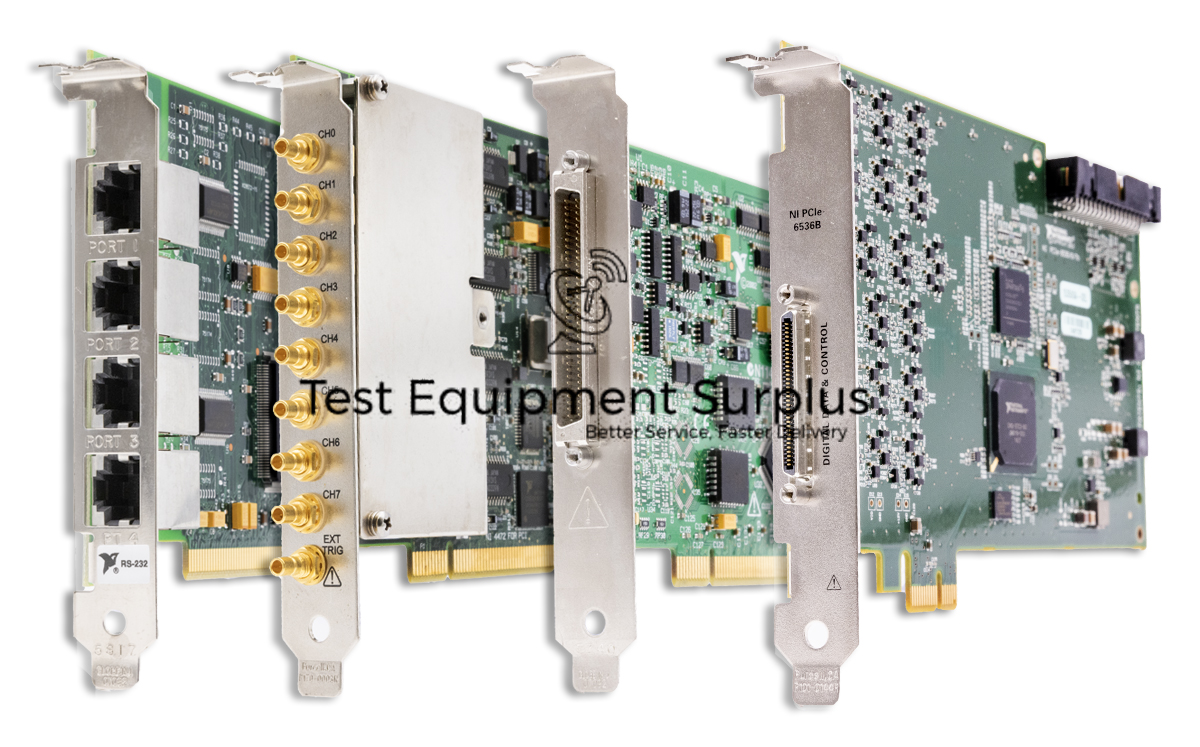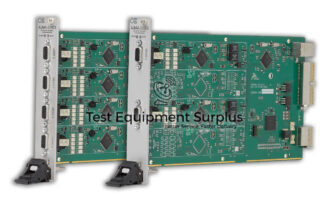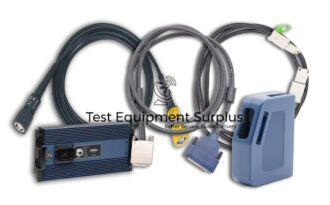Description
The National Instruments PCI-8511/2 CAN Interface Device, part number 780682-02, is a versatile component with 2 ports designed for low-speed/fault-tolerant CAN networks. It provides microsecond-level timestamping and external time-base support for accurate data logging and synchronization, along with PXI/RTSI triggering support for integrated system functionality.
This device supports a variety of protocols including CAN, LIN, and FlexRay, and is compatible with the NI-XNET API, enabling it to handle demanding real-time data processing tasks. It can be used with both Windows and LabVIEW Real-Time operating systems, ensuring flexibility in deployment. The inclusion of a DMA engine significantly reduces system latency, enhancing the performance and reliability of connected systems.
| Feature | Description |
|---|---|
| Product Name | National Instruments PCI-8511/2 CAN Interface Device |
| Part Number | 780682-02 |
| Number of Ports | 2 |
| CAN Network Type | Low-speed/fault-tolerant CAN |
| Timestamping | Microsecond-level |
| Time-Base Support | External |
| Triggering Support | PXI/RTSI |
| Supported Protocols | CAN, LIN, FlexRay |
| API Compatibility | NI-XNET |
| Real-Time Processing | Continuous signal and frame data processing for CAN, LIN, and FlexRay |
| Supported OS | Windows, LabVIEW Real-Time |
| Performance Feature | DMA engine to reduce system latency |
Question 1: What are the key features and compatibility options of the National Instruments PCI-8511/2 CAN Interface Device, part number 780682-02?
Answer 1: The DMA engine of the National Instruments PCI-8511/2 CAN Interface Device is capable of significantly reducing system latency by efficiently managing data transfers between the device and the host memory, which enhances overall performance and reliability of the connected systems without burdening the host CPU.
Question 2: What is the range of protocols supported by the National Instruments PCI-8511/2 CAN Interface Device and what features enhance its data logging and synchronization capabilities?
Answer 2: The National Instruments PCI-8511/2 CAN Interface Device, part number 780682-02, features 2 ports for low-speed/fault-tolerant CAN networks, microsecond-level timestamping, external time-base support, PXI/RTSI triggering, compatibility with CAN, LIN, and FlexRay protocols, integration with the NI-XNET API, and support for Windows and LabVIEW Real-Time operating systems, all while enhancing performance with an onboard DMA engine for reduced system latency.
Question 3: What are the capabilities of the National Instruments PCI-8511/2 CAN Interface Device’s DMA engine in reducing system latency and enhancing performance?
Answer 3: The National Instruments PCI-8511/2 CAN Interface Device supports CAN, LIN, and FlexRay protocols, and is compatible with Windows and LabVIEW Real-Time operating systems.
Question 4: What are the key features and compatibilities of the National Instruments PCI-8511/2 CAN Interface Device, part number 780682-02?
Answer 4: The National Instruments PCI-8511/2 CAN Interface Device supports CAN, LIN, and FlexRay protocols, and its data logging and synchronization capabilities are enhanced by microsecond-level timestamping, external time-base support, and PXI/RTSI triggering support.
Question 5: What protocols does the National Instruments PCI-8511/2 CAN Interface Device support, and which operating systems is it compatible with?
Answer 5: The National Instruments PCI-8511/2 CAN Interface Device, part number 780682-02, features 2 ports for low-speed/fault-tolerant CAN networks, microsecond-level timestamping, external time-base support, and PXI/RTSI triggering for precise data logging and synchronization. It supports CAN, LIN, and FlexRay protocols, is compatible with the NI-XNET API for advanced data processing, and works with both Windows and LabVIEW Real-Time operating systems, enhanced by





